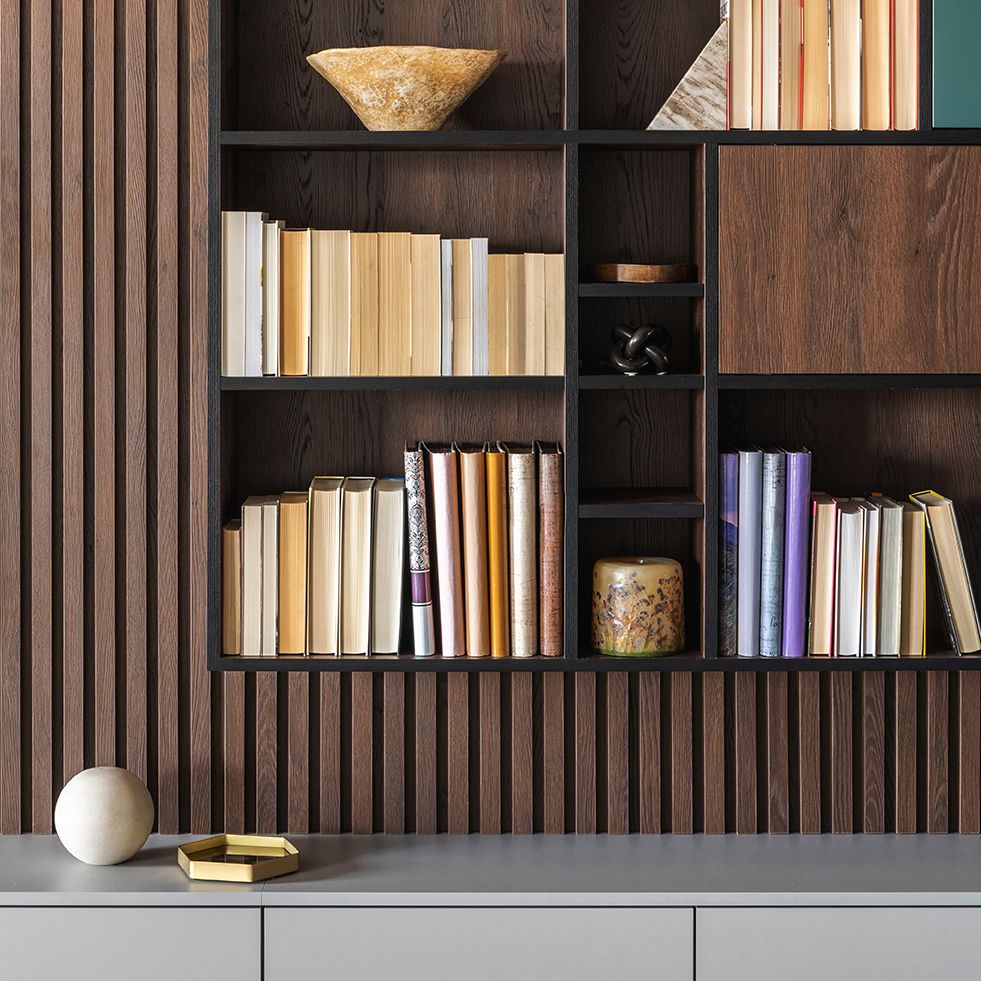As an interior designer, choosing the right software to support your work can be a daunting task. With so many options on the market, it can be tempting to focus on the features and capabilities of each software and make your decision based on which one has the most impressive list of capabilities.
However, when it comes to selecting software for your interior design business, the most important factor is not the features that the software offers, but how it ties into your existing design process.
To understand why this is the case, it’s important to recognize that software is just a tool, and like any tool, its effectiveness is determined by how it is used. The best software in the world won’t help you if it doesn’t fit into your existing design process, and if you can’t use it effectively to support your work.
Therefore, when selecting software for your interior design business, the most important thing to consider is how it will fit into your existing design process. This means evaluating how the software will support the specific tasks and workflow that you already have in place, and whether it will help you work more efficiently and effectively.
For example, if you currently use a combination of 2D drawings, physical mock-ups, and client presentations to communicate your design ideas, you should look for software that can support these activities and integrate seamlessly with your existing workflow. This might mean selecting software that allows you to import 2D drawings and convert them into 3D models, or that provides tools for creating high-quality client presentations.
On the other hand, if you already use a specific design methodology, such as the design thinking process, you should look for software that can support that methodology and help you apply it more effectively. This might mean selecting software that provides tools for brainstorming and idea generation, or that allows you to easily collaborate with other members of your design team.
In addition to evaluating how the software fits into your existing design process, you should also consider how it will support your long-term growth and development as a designer. This means looking for software that provides features and capabilities that you can grow into, rather than just meeting your current needs.
For example, if you are just starting out in your design career and are focused on residential projects, you should look for software that will allow you to easily scale up and take on larger, more complex projects as your business grows. This might mean selecting software that provides advanced modeling and visualization capabilities, or that allows you to easily collaborate with other professionals, such as architects or contractors.
Overall, when it comes to selecting software for your interior design business, the most important factor is not the features that the software offers, but how it ties into your existing design process. By evaluating how the software will support your specific tasks and workflow, and how it will support your long-term growth and development as a designer, you can make an informed decision and choose the right software to support your work.
Resource: Indema’s comparison chart.


